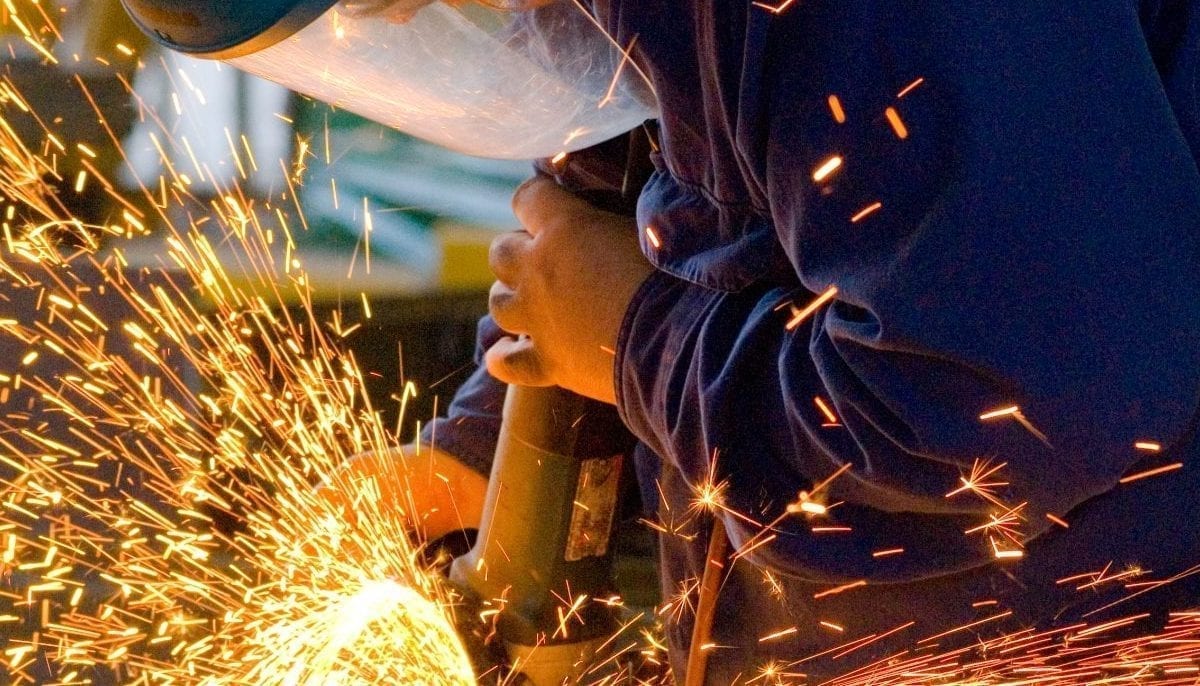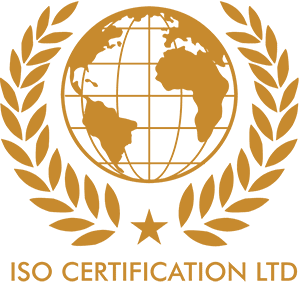T: 01202 779455M: 07808 666380E: Contact us


Inspections
Inspections
ISO Certification Limited carry out assessments on behalf of private sector clients, or public sector, with the objective of providing information about the conformity of inspected items with regulations, standards, specifications, inspection schemes or contracts. Inspection parameters include matters of quantity, quality, safety, fitness for purpose, and safety compliance of installations or systems.
Third-party inspection or “Category A” is the most stringent of the 3 categories of inspection organisation that the standard specifies. Such organisations are third party inspection agencies that must not be involved in any activities other than inspection and testing. Based on this requirement the third party inspection agency must not be involved in design, procurement, fabrication, construction and installation. All companies and parties such as buyers, sellers, engineering companies, plant owners must have access to these agencies and use their services. The confidentiality, independence, impartiality and integrity are important conditions for being a Third Party Inspection Company.


4 TYPES OF QUALITY INSPECTION:
1. A pre-production inspection tells the buyer which kind of raw materials (or components) will be used. Factories are often suspected of lowering their costs by purchasing substandard materials, and this can be disastrous for the buyer (e.g. the wrong kind of chip in an electronic device).
2. A during production inspection (often called “DUPRO” in the industry) allows the buyer to have an idea of average product quality, early in the production cycle. It is the most useful and the most under-rated tool at the disposal of importers, who often only rely on final inspections.
3. The final random inspection (also called “pre-shipment inspection”) is by far the most common type of QC check. It takes place once 100% of shipment quantity is finished and at least 80% is packed, so it can be a real random inspection (this is not exactly the case if quality is checked earlier) and suppliers cannot play games.
4. The container loading inspection, like the pre-production inspection, it is seldom used. But it can be a worthwhile option in some specific cases.
Third Party Inspections
There are technical control, test, assessment and approval services conducted with the purpose of certifying the compliance of purchased / ordered product and/or services or plant to the international standard, code and customer technical specifications during and/ or after manufacturing.
Preshipment inspection
It is an important and reliable inspection method for checking product quality purchased from the suppliers by the clients. The arrangement between a buyer, a supplier and a financial institution is assessed by: –
- Checking the total quantity of items and packaging.
- Verifying the compliance with the documented standard of customer or country.
- Controlling the quality of product/services.
- Authenticating the documentation and identification.
The pre-shipment inspection can be agreed upon between a buyer, a supplier, and a bank, and it can be used to initiate payment for a letter of credit. A PSI can be performed at different stages before shipment, such as checking the total amount of goods and packing, controlling the quality or consistency of goods, checking of all documentation, as for example test reports, packaging list, or verification of compliance with standards of the destination country like ASME, CE Mark and import duties.
First article Inspection
The complete , independent and documented physical / functional inspection process to verify that prescribed production method have produced and acceptable a pre-production unit/article as specified by a drawings, planning, purchase order, engineering specifications and / of other applicable design documents.
First Article Inspection is crucial and requires lot of expertise to identify issues of quality , usability and durability.
A first article inspection (FAI) is a design verification and design history file and a formal method of providing a reported measurement for a given manufacturing process. Both the supplier and purchaser perform the First Article on the ordered product. The evaluation method consists of comparing supplier and purchasers results from measuring the properties and geometry of an initial sample item against given specifications, for example a drawing. Items to be checked by the supplier and purchaser FAI are wide and varied and may include distances between edges, positions of holes, diameters and shapes of holes, weight, density,stiffness, colour or surface finish. Despite the name, the inspected article may not necessarily be the ‘first’ produced, but a random sample of 3 parts from the first lot provided to the purchaser. First article inspection is typically called for in a purchase order contract between the producer and buyer of some manufactured article, both perform the First Article inspection to ensure that the production process reliably produces what is intended, design verification of the print, and is part of the purchasing, and design control requirements.
Depending on the inspection capability, the type of product and the governing specification, a first article inspection may be conducted by an approved 2nd party supplier that is a dimensional metro logy laboratory using a variety of calibrated tools such as coordinate measuring machines (CMM), cmm/vision systems and programmable 3-axis measurement systems.
First article inspections are commonplace for military. The protocol is, however, required for design verification, purchasing controls, from the supplier and the purchasers receiving inspection in many non-military industries, particularly aerospace, automotive and medical manufacturing.
Manufacturers delivering products to government bodies or in regulated industries such as medical device must typically meet more stringent requirements than international requirements. If there are special test requirements outside of the suppliers capability then test maybe subcontracted to a 3rd party accredited testing lab.
First article inspection forms part of a more comprehensive quality management system which is able to assure continuing conformance with applicable specifications. It is required to be performed by the supplier prior to delivery and the purchaser at receiving as part of the supplier approval process, design verification, and purchasing controls in 21 CFR 820.




The significance of third and second party inspections has assumed greater significance in the background of increasing reliance on reliable conformity assessment results by regulators as well as by large scale buyers including retail segments. While accreditation schemes fulfil these requirements to a certain extent, a large component of trade relies on Pre-dispatch commodity inspection. A large number of buyers / regulators impose stringent conditions on the inspection systems and technical competence of the inspection agencies before emplacement, which are to be demonstrated and sustained by the Inspection bodies.

